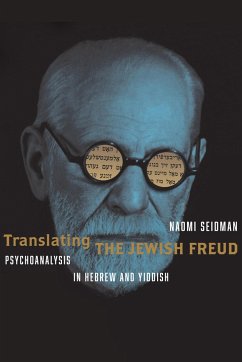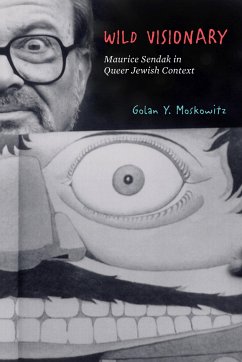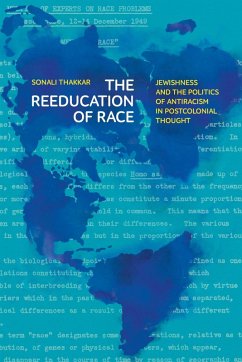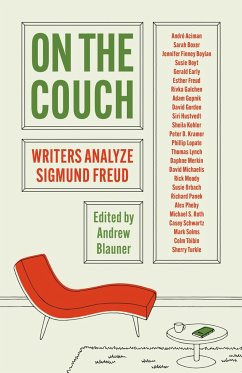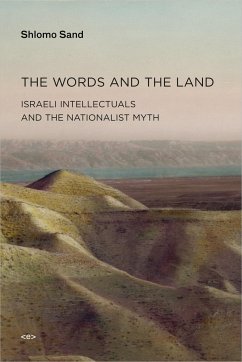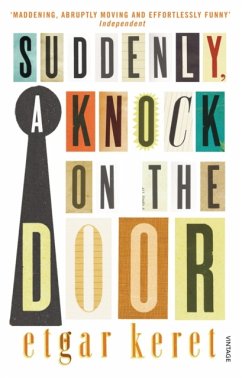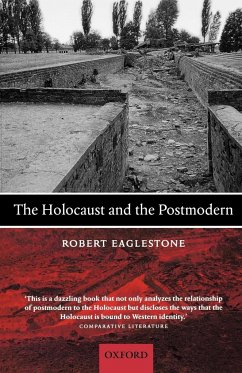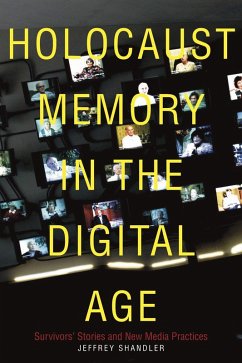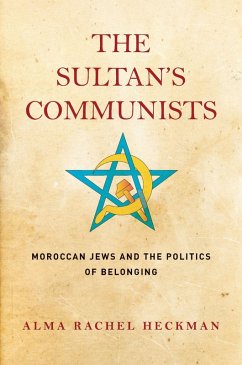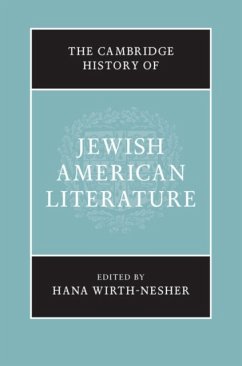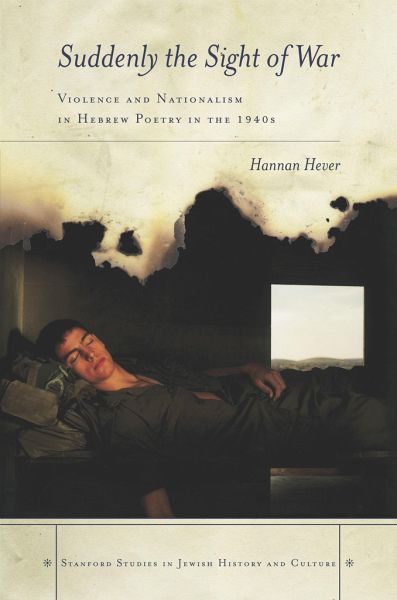
Hannan Hever
Gebundenes Buch
Suddenly, the Sight of War
Violence and Nationalism in Hebrew Poetry in the 1940s
Versandkostenfrei!
Versandfertig in über 4 Wochen

PAYBACK Punkte
37 °P sammeln!




The book explores the drama of the Hebrew poetry coping with the violence of the Holocaust and the Israel-Arab war.
Hannan Hever is the Jacob and Hilda Blaustein Professor of Hebrew Language and Literature at Yale University. He is the author of several books, including Producing the Modern Hebrew Canon.
Produktdetails
- Stanford Studies in Jewish History and Culture
- Verlag: Stanford University Press
- Seitenzahl: 288
- Erscheinungstermin: 24. Februar 2016
- Englisch
- Abmessung: 231mm x 155mm x 20mm
- Gewicht: 556g
- ISBN-13: 9780804784108
- ISBN-10: 0804784108
- Artikelnr.: 42786034
Herstellerkennzeichnung
Libri GmbH
Europaallee 1
36244 Bad Hersfeld
gpsr@libri.de
Für dieses Produkt wurde noch keine Bewertung abgegeben. Wir würden uns sehr freuen, wenn du die erste Bewertung schreibst!
Eine Bewertung schreiben
Eine Bewertung schreiben
Andere Kunden interessierten sich für


